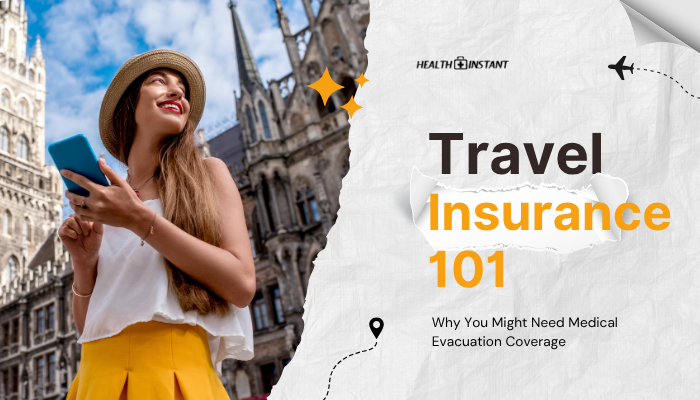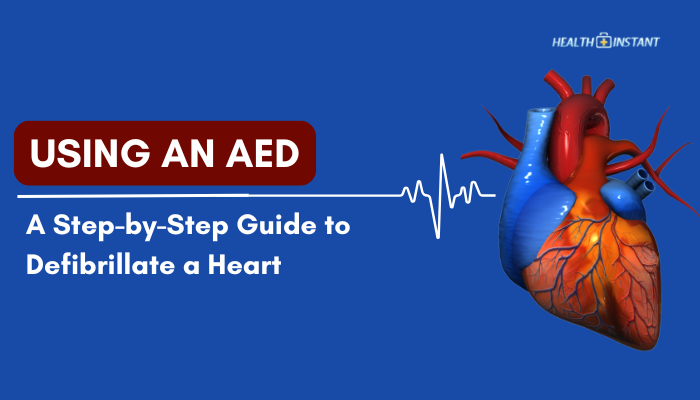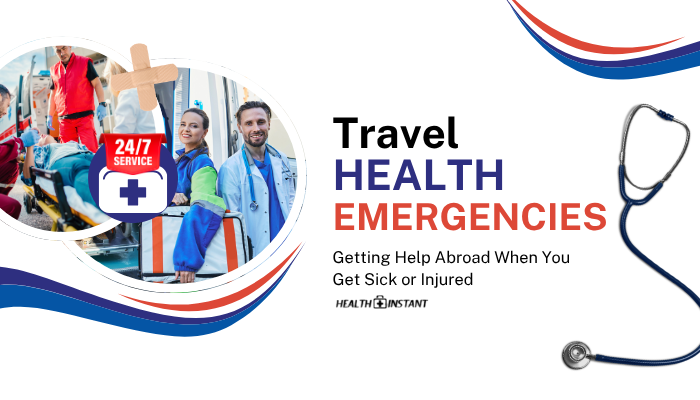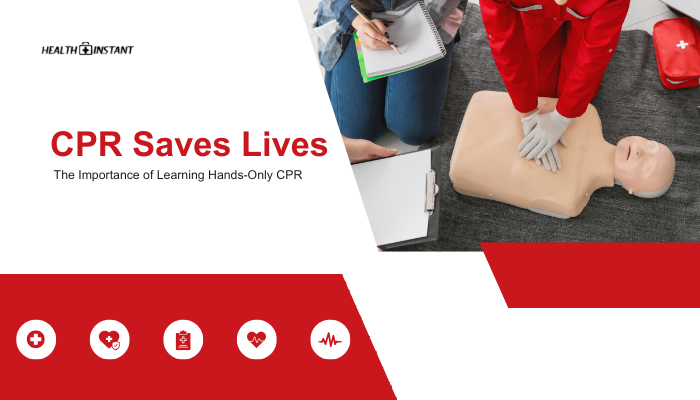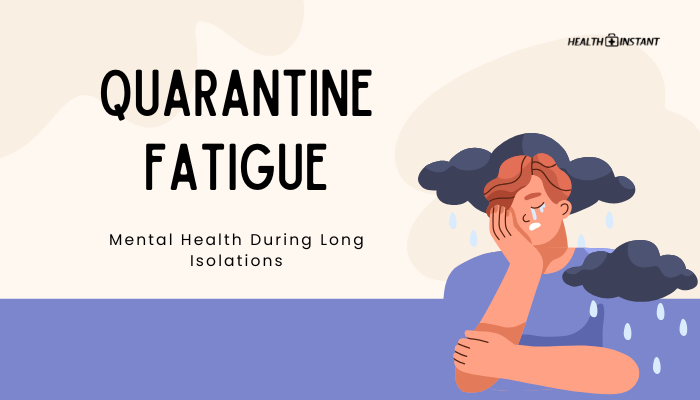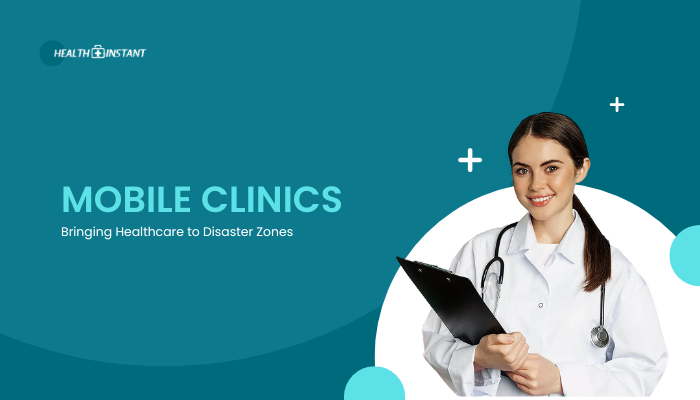Introduction
Traveling abroad can be an enriching experience—until you fall seriously ill or get injured in a place with inadequate medical facilities. That’s where medical evacuation (medevac) coverage comes in.
It covers the potentially enormous cost of transferring you to a proper hospital or bringing you back to your home country for urgent treatment. This article explores what medical evacuation coverage entails, who benefits from it, and how to select a policy suited to your needs.
What Is Medical Evacuation Coverage?
Medical evacuation coverage, often part of a broader travel insurance plan, covers expenses to transport you to the nearest appropriate medical facility—or, in critical cases, back to your home country—if you suffer a severe accident or illness while traveling.
Typical services include:
- Air Ambulance or specialized flights equipped with medical staff.
- Commercial Flight Upgrades with necessary medical supervision.
- Ground Transport from remote regions to larger hospitals.
Without coverage, these logistical arrangements can cost tens of thousands of dollars or more, depending on distance and complexity.
Why You Should Consider It
- High Overseas Medical Bills
- A broken bone or heart attack abroad can require advanced care not readily available in every country.
- A broken bone or heart attack abroad can require advanced care not readily available in every country.
- Remote Destinations
- Treks or safaris place you far from clinics, making helicopter or plane evacuations essential.
- Treks or safaris place you far from clinics, making helicopter or plane evacuations essential.
- Peace of Mind
- Knowing you can afford safe, timely transport eliminates financial strain if a crisis hits.
- Knowing you can afford safe, timely transport eliminates financial strain if a crisis hits.
Some travelers assume general health insurance automatically covers evacuation, but many domestic policies don’t. Clarifying gaps avoids nasty surprises.
Common Scenarios Requiring Evacuation
- Adventure Trips
- Hiking accidents, water-sport injuries, or altitude sickness.
- Hiking accidents, water-sport injuries, or altitude sickness.
- Cruise Ship Medical Incidents
- Ships’ infirmaries handle minor problems, but serious cases might need immediate hospital care onshore.
- Ships’ infirmaries handle minor problems, but serious cases might need immediate hospital care onshore.
- Chronic Condition Flare-Ups
- If local facilities can’t manage your heart disease, kidney issues, or other specialized care needs.
- If local facilities can’t manage your heart disease, kidney issues, or other specialized care needs.
- Political Instability or Natural Disasters
- Getting stranded with compromised local infrastructure, needing swift exit.
Factors That Influence Coverage Costs
- Age and Health Status
- Older travelers or those with preexisting conditions often pay higher premiums.
- Older travelers or those with preexisting conditions often pay higher premiums.
- Destination
- Distant or risky regions may drive up fees.
- Distant or risky regions may drive up fees.
- Trip Length
- Longer stays can increase the possibility of needing medical care.
- Longer stays can increase the possibility of needing medical care.
- Coverage Limits
- Policies with higher coverage caps for medical evacuation or repatriation typically cost more.
- Policies with higher coverage caps for medical evacuation or repatriation typically cost more.
Remember to read policy details: Some limit the type of events they’ll cover, or require you to use specific transport providers.
Choosing the Right Policy
- Check Coverage Cap
- Aim for an evacuation limit sufficient to handle worst-case costs (e.g., $100,000 or more).
- Aim for an evacuation limit sufficient to handle worst-case costs (e.g., $100,000 or more).
- Review Fine Print
- Understand if it covers repatriation to your home country or just the nearest appropriate hospital.
- Understand if it covers repatriation to your home country or just the nearest appropriate hospital.
- Look for 24/7 Assistance
- Insurers with 24-hour hotlines can coordinate emergency logistics immediately.
- Insurers with 24-hour hotlines can coordinate emergency logistics immediately.
- Bundle or Separate
- Evaluate whether a comprehensive travel insurance plan with medevac suits you, or if a standalone medical evacuation membership is better.
Practical Tips and Reminders
- Carry Your Policy Details
- Keep digital and physical copies of your insurance ID and emergency contact numbers.
- Keep digital and physical copies of your insurance ID and emergency contact numbers.
- Inform Travel Companions
- Let them know who to call if you’re incapacitated.
- Let them know who to call if you’re incapacitated.
- Pre-Trip Medical Checkups
- Minimizes the risk of falling ill to known conditions while away.
- Minimizes the risk of falling ill to known conditions while away.
- Arrange for Family Communication
- Confirm if the insurer or embassy can inform family about your condition in an emergency.
When to Use Your Coverage
- Severe Injury: If you break a leg skiing in remote mountains.
- Critical Illness: Heart attack or stroke in a rural clinic lacking advanced equipment.
- Specialist Care: If local hospitals lack proper facilities or qualified specialists.
- High Risk: Destinations with poor healthcare infrastructure or frequent natural disasters.
Immediately call your insurer’s hotline or local emergency services for further instructions on safe transport.
Conclusion
Medical evacuation coverage stands as a vital safeguard for travelers—assuring you won’t be stranded or financially crippled by major health emergencies abroad. Finding the right policy tailored to your trip’s risk level, age, and health circumstances ensures a robust fallback if local resources can’t meet your needs.
By selecting an insurer with a proven track record and clarifying coverage details in advance, you’ll travel confidently, knowing prompt medical transport home or to a better facility is available if worst-case scenarios arise.
References
- World Health Organization (WHO). (2021). Travel health guidelines.
- U.S. Department of State. (2020). Medical evacuation and travelers abroad.
- Centers for Disease Control and Prevention (CDC). (2019). How to choose travel insurance.
- International Association for Medical Assistance to Travellers (IAMAT). (2022). Guide on medevac and repatriation services.
Disclaimer: This guide is for informational purposes only and doesn’t replace professional or legal advice. Always compare policies carefully and consult healthcare providers before traveling.

